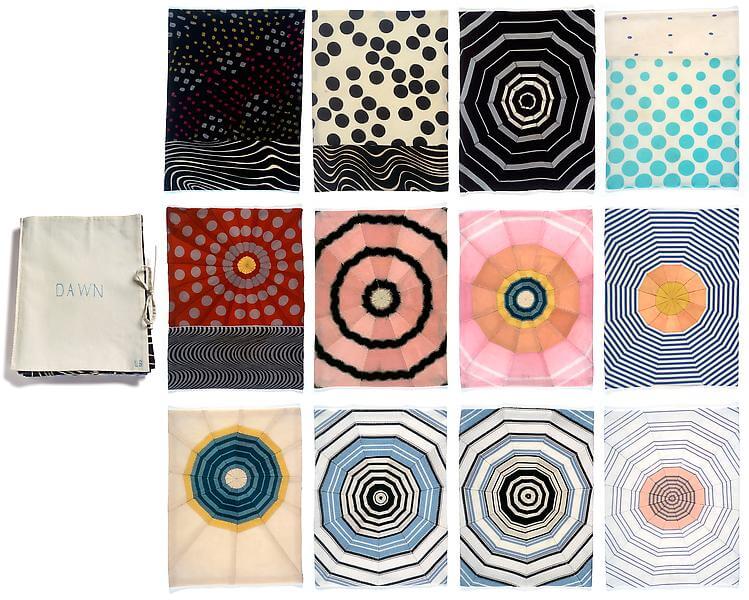Originally posted in 2019, updated 2024. This update provides insight into some of the most influential collage artists today.
My love for collage has grown exponentially over the years. Experimenting and exploring this medium has brought me so much joy. As a collage artist, I find the practice brings calm and serenity to my life. I want to share some of my favourite collage artists with you. While I am only sharing five collage artists here, please do your own research to find those you align with. There are some incredible collage artists throughout the early twentieth century and beyond. I find it to be a good exercise to draw on what you love visually to create your own unique aesthetic.
Henri Matisse
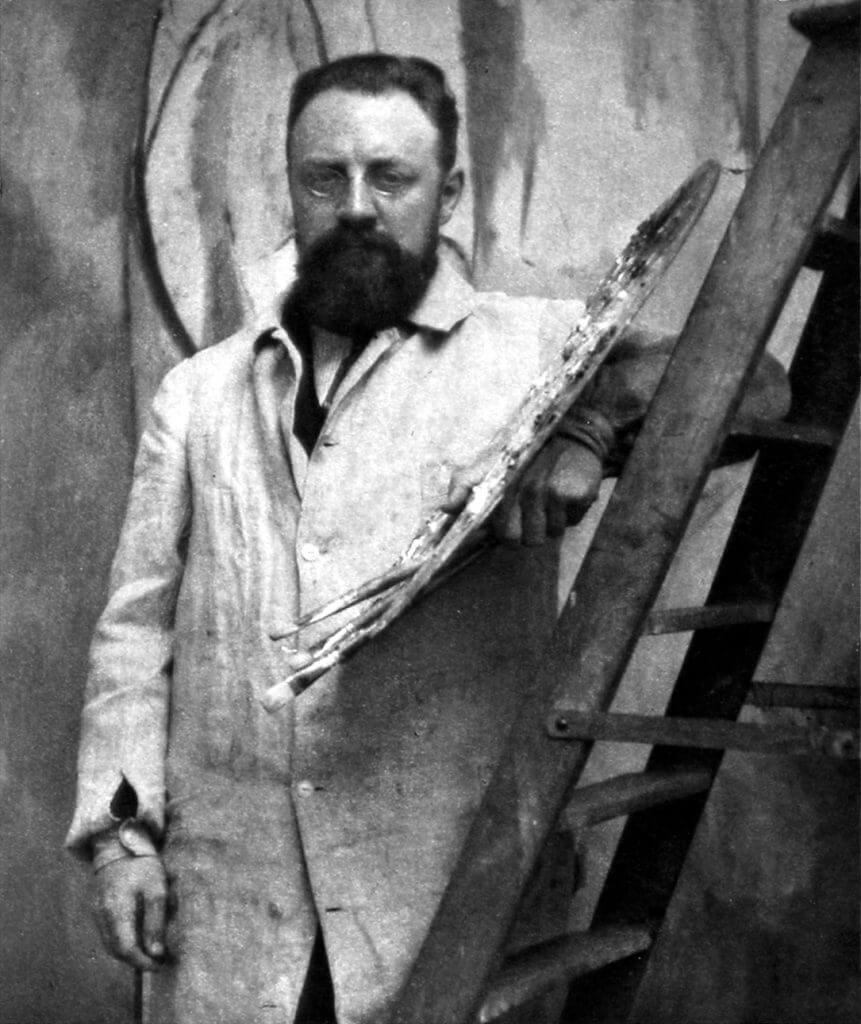
Overview
Henri Matisse (b. 1869 – d. 1954) was a French artist known for his use of colour and draughtsmanship. Throughout the twentieth century, Matisse is often regarded as one the most revolutionary artists and a leading figure within the Modern Art movement. This can be attributed to his mastery of expressive language using colour, painting, sculpture, collage and drawing. His body of works spans over half a century.
In 1889, his mother bought him painting supplies after he became sick with appendicitis. Matisse stated that he discovered “a kind of paradise” (Leymaire, J & et al. 1966) when creating art and decided to become an artist. He abandoned his plans to study law.
Education & Early Influences
In 1891, Matisse studied at the Académie Julian under William-Adolphe Bouguereau and the prestigious École Nationale des Beaux-Arts under Gustave Moreau. Through his academic training, Matisse originally painted still lifes and landscapes in a traditional style.
His influences during this period include Jean-Baptise-Siméon Chardin, Nicolas Poussin, and Antoine Watteau. As with most modern artists of his time, he was often inspired by Japanese art. He was influenced by modern artists such as Édouard Manet.
Introduction to Impressionism & Colour Theory
In 1896, Australian impressionist painter John Russell (b. 1858 – d. 1930) met with Matisse on the island of Belle Île off the coast of Brittany. Russell acted as an intermediary mentor to Matisse. Russell introduced Matisse to colour theory, impressionism and other influences such as Vincent van Gogh, a friend of Russell’s.
This completely changed Matisse’s style and colour palette. He switched out earth tones for brighter colours. Later that year, five of Matisse’s work was exhibited at Société Nationale des Beaux-Arts, two of which was purchased by the state.
Within the turn of the nineteenth century, Matisse found himself a leader of the Fauvism movement. Since his interaction with Russell, his artworks were filled with bold colours and going against the academic art traditions taught to him. Although this movement was short, it brought him closer to neo-Impressionists such as Signac and Henri-Edmond Cross in St. Tropez. Often exhibiting together, the paintings disregarded a subjects natural colours and opted for bright tones with wild emotions. Interestingly, in terms of connections to collage, Georges Braque was a part of this movement.
Cancer Leading To Collage
After being diagnosed with abdominal cancer in 1941, Matisse underwent surgery that left him disabled. His once familiar practice of painting and sculpture became physically challenging and he turned to collage. A wheelchair bound Matisse started creating his most known collage work.
With the help of his assistants, he began creating analog paper collages (decoupage). He would cut sheets of paper, pre-painted with gouache by his assistants, into shapes of varying colours and sizes, and arrange them to form lively compositions. Initially, these pieces were modest in size, but eventually transformed into murals or room sized works.
In 1947, he published “Jazz” a limited edition book containing prints of colourful paper cut collages accompanied by his written thoughts. His work continues to leave an influential mark on collage artists around the globe.
Read more about Henri Matisse here.
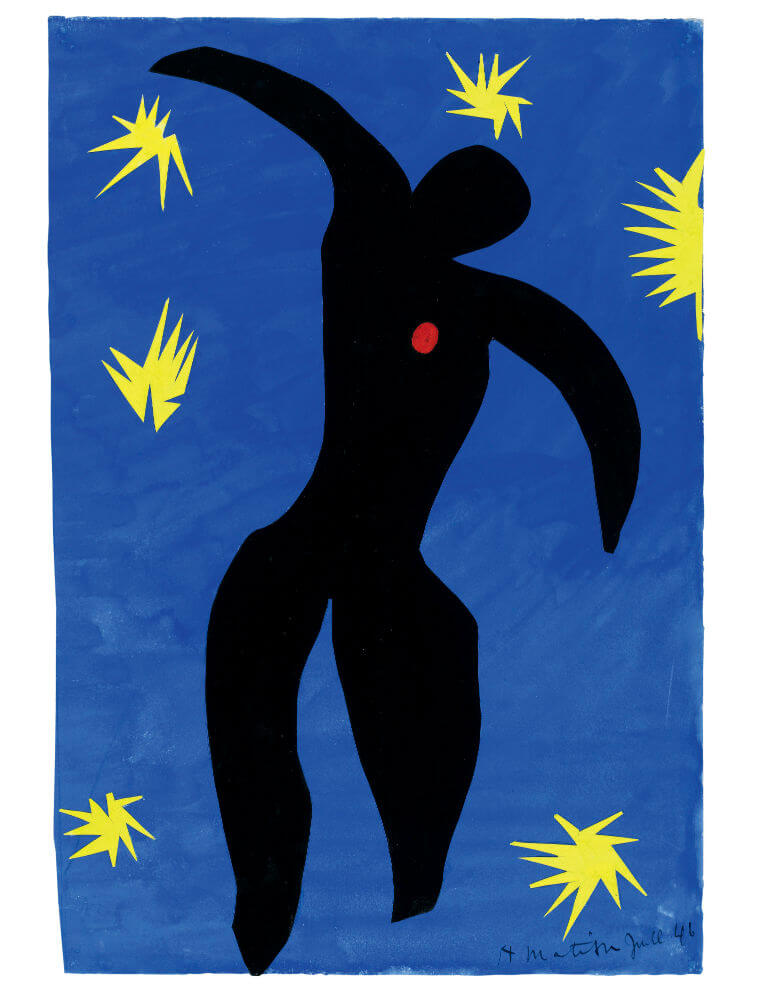
Dash Snow
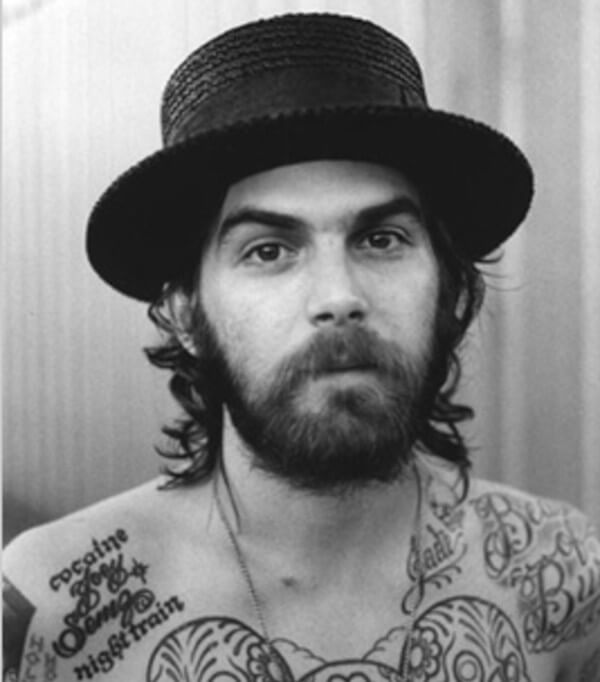
Overview
Dashiell “Dash” Snow (b. 1981 – d. 2009) was an American artist from New York City. He grew up on the Upper West Side of New York and was known to be rebellious. In the 1990’s he was a member of the IRAK graffiti crew and used the tag “SACE”. His family was well known for their philanthropy and collection of American art.
Education & Lifestyle
Although he did not graduate from High School, his career as an artist started as a teenager when he started to take photographs of places, as he said “…he might not remember the next day due to hard partying…”.
In 2005, he had his first solo art exhibition and was included in the 2006 Whitney Biennial – a huge feat for any artist. The Wall Street Journal profiled Dash as one of ten emerging artists in an article titled “The 23-Year Old Masters”.
Collage & Death
Later in his career, Dash started incorporating collage. Dash was most infamously known for using his own semen applied on or splashed across newspaper photographs of police officers and other authority figures. Dash died of a drug overdose at the age of 27 years old.
Read more about Dash Snow here.
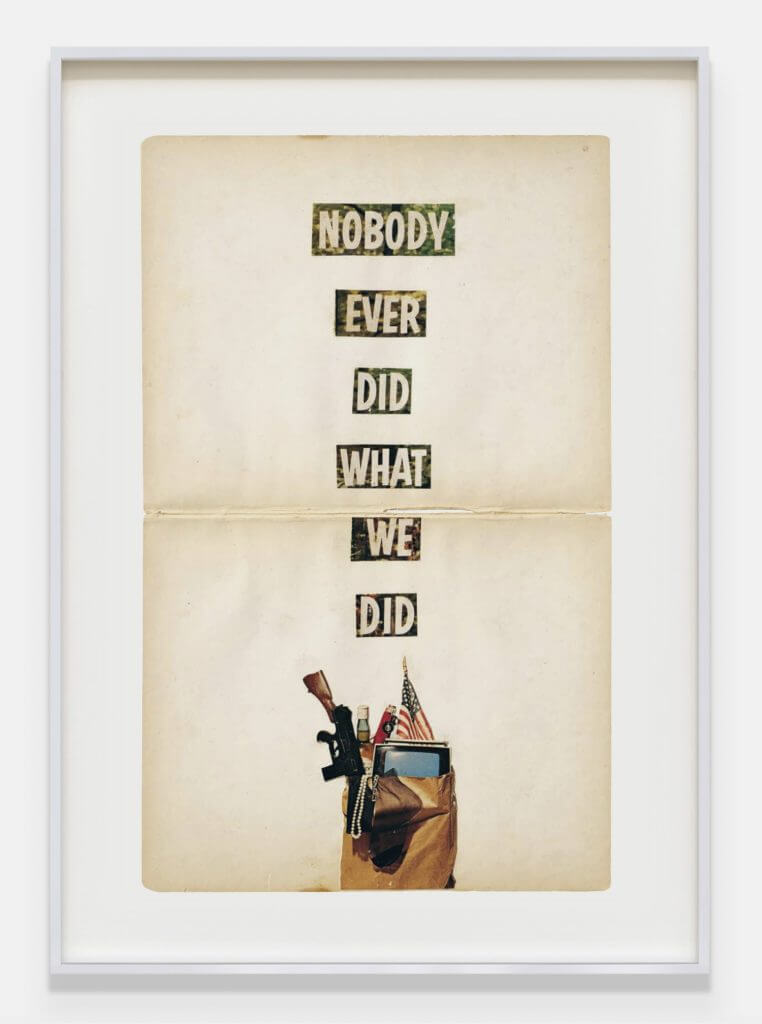
Lee Krasner
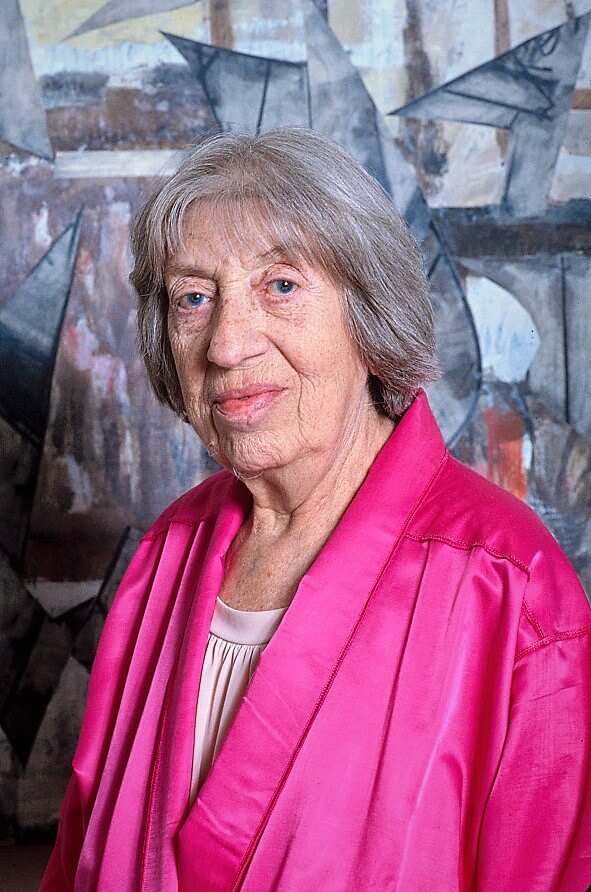
Overview
Lenore Krasner (b. 1908 – d. 1984) was an American abstract expressionist painter. She is often remembered as the wife of artist Jackson Pollock. Krasner is one of the few female artists to have had a retrospective show at Museum of Modern Art (MoMA). In 1929, she was exposed to Post-Impressionism at MoMA where it fuelled her desire to pursue arts.
Education
From an early age Krasner knew she wanted to pursue art as a career. Her career began as a teenager as she sought out enrolment at Washington Irving High School for Girls due to their Art major. After graduating she attended the Women’s Art School at Cooper Union on a scholarship. From there she continued to expand her knowledge of art well into the 1930’s. She was taught by Hans Hoffmann who inspired her to integrate the influences of Cubism into her paintings.
Her Work
Her abstract, gestural and expressive works incorporated painting, collage painting, charcoal drawing and occasionally mosaics. She would often cut apart her drawings and paintings to create her collage. She often revised or completely destroyed an entire series of works due to her critical nature and as a result her surviving body of work is relatively small.
Read more about Lee Krasner here.
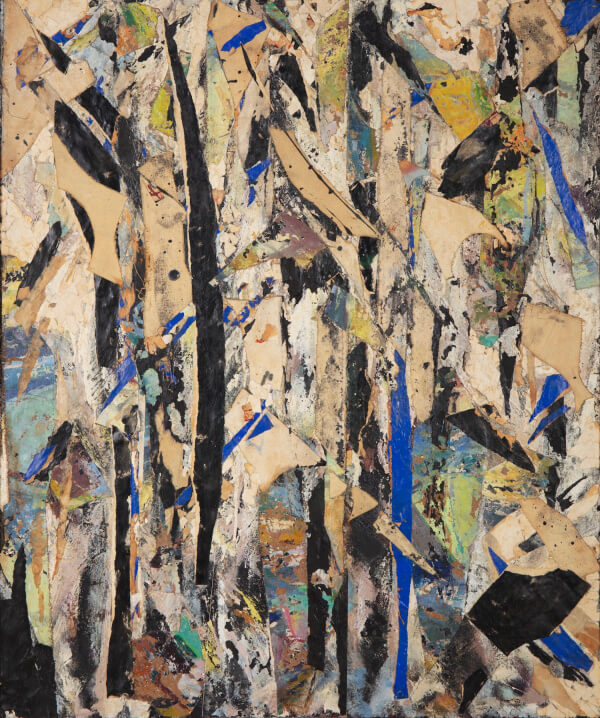
Frida Kahlo
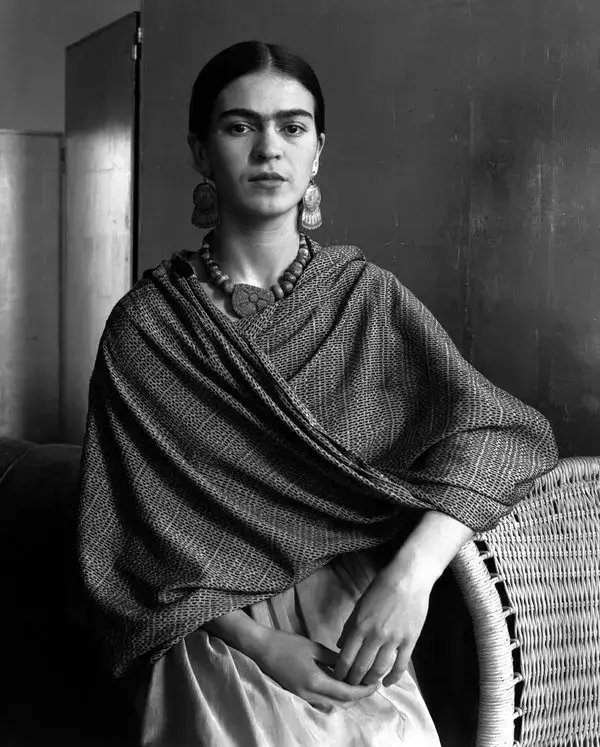
Overview
Frida Kahlo (b. 1907 – d. 1954) was a Mexican painter, who mostly created self-portraits. Inspired by Mexican popular culture, she employed a native folk style to explore questions of identity, post colonialism, gender, class and race within society. Her paintings often had a strong autobiographical element along with a mixed realism and sense of fantasy. In addition to belonging to the post-revolutionary Mexican movement, which sough to define Mexican identity, Kahlo has been described as a Surrealist or magical realist.
Marriage to Diego Rivera
Kahlo traveled to the United States on several occasions with her then husband Diego Rivera. Towards the end of their extended stay in the US she would grow homesick. She did not feel at home in the “New World”. She desperately wanted to return to Mexico but Diego refused. In 1933, she painted the work “My Dress Hangs There” which incorporates collage and depicts an American Capitalistic way of life. This painting is unusual as she didn’t feature herself in the painting… probably a testament to the fact she felt detached to her surroundings. While not considered a collage artist through her typical work, this demonstrates the influence of collage within a modern art context.
Her Impact on Surrealism and Feminism
In 1938, Kahlo had a major exhibition at a New York City gallery selling near to half of the paintings exhibited. Although she didn’t consider herself a Surrealist painter she became close friends with one of the primary figures in that movement, Andre Breton. That following year Kahlo went to live in Paris for sometime, there she exhibited more paintings and developed friendships with artists such as Marcel Duchamp and Pablo Picasso. After Kahlo’s death, the feminist movement of the 1970s led to a renewed interest in her life and work, as Kahlo was viewed by many as an icon of female creativity.
Read more about Frida Kahlo here.
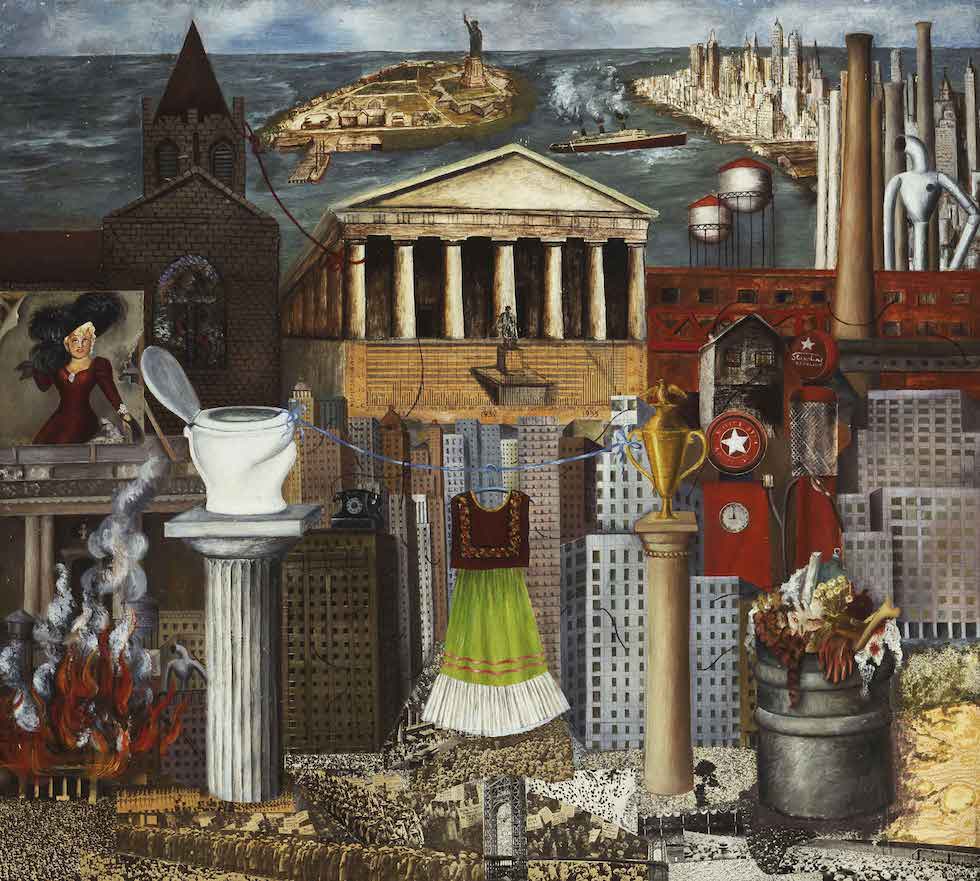
Louise Bourgeois
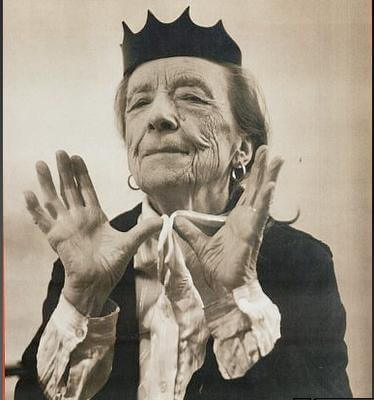
Overview
Louise Bourgeois (b. 1911 – d. 2010) was a French-American artist, best known for her large scale sculpture and installation art. She was also a prolific painter and printmaker. She explored a variety of themes including domesticity and the family, sexuality and the body, lastly death and subconscious thought. Her work has been linked with Surrealism and Feminist Art, although she is not formally affiliated with a particular artistic movement.
She started “fabric drawing” by the mid 1990’s by assorting old napkins, table cloths and other assorted materials collected over a lifetime into a series of collages and sculptures. Although her connection to fabric goes back to her childhood years. During this time she would help at her family’s tapestry restoration workshop. As an adult, she longed associated the act of sewing with repairing on a symbolic level. She believed she was attempting to fix the damage she had caused in personal relationships.
Read more about Louise Bourgeois here.
